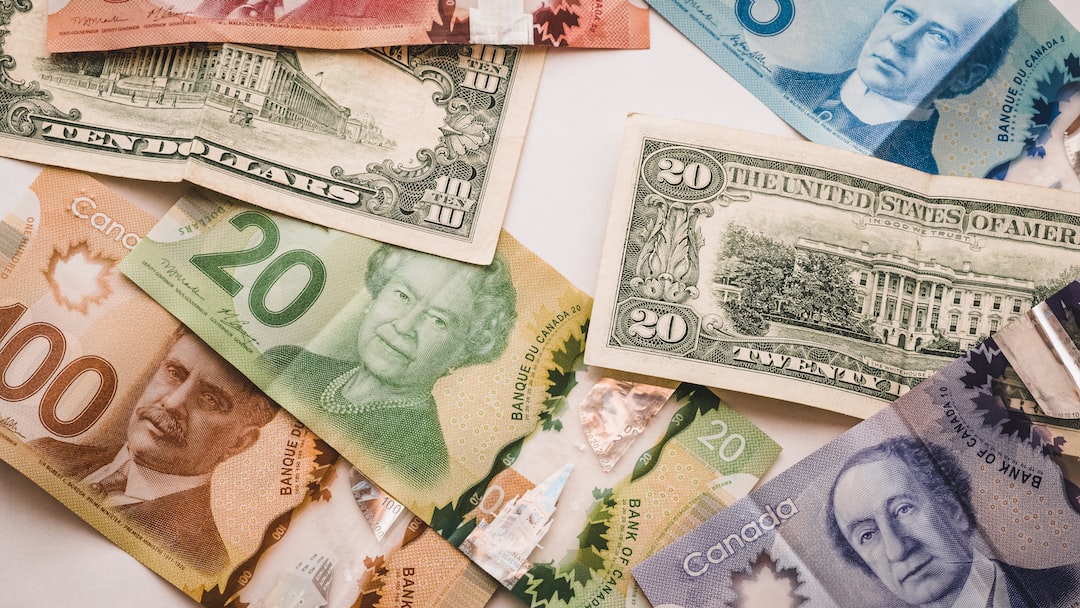Forex trading is a complex market with many different strategies and approaches. One of the most fundamental concepts in forex is the major/minor structure. This structure refers to the way that the forex market is organized, with certain currencies being considered major and others minor. Understanding this structure is essential for any trader who wants to succeed in the forex market.
Major currencies
The major currencies in forex are the most heavily traded currencies in the world. These currencies are the US dollar (USD), the euro (EUR), the Japanese yen (JPY), the British pound (GBP), the Swiss franc (CHF), the Australian dollar (AUD), and the Canadian dollar (CAD). These currencies are considered major because they are used in the majority of global trade and financial transactions.
The US dollar is the most heavily traded currency in the world, and is involved in approximately 88% of all forex trades. The euro is the second most heavily traded currency, with a share of around 31%. The Japanese yen comes in third with a share of around 22%.
Minor currencies
Minor currencies, also known as exotic currencies, are currencies that are not as widely traded as the major currencies. Examples of minor currencies include the South African rand (ZAR), the Brazilian real (BRL), and the Mexican peso (MXN). These currencies are not as liquid as the major currencies, meaning that they are not traded as frequently and may have wider bid-ask spreads.
Trading the major/minor structure
The major/minor structure is important for forex traders because it affects the way that currency pairs are traded. In forex, currency pairs are traded against each other. For example, the EUR/USD currency pair represents the value of the euro in terms of the US dollar. When trading forex, traders are essentially betting on the relative strength or weakness of one currency against another.
When trading currency pairs that involve a major currency, such as the EUR/USD or USD/JPY, traders can expect to see tighter bid-ask spreads and more liquidity. This is because these currencies are heavily traded and there is a large market for them. In contrast, trading currency pairs that involve minor currencies may result in wider bid-ask spreads and less liquidity.
Trading the major/minor structure can also affect a trader’s risk management strategy. Because major currencies are more heavily traded, they are generally considered to be less risky than minor currencies. This means that traders may be more willing to take larger positions in major currency pairs than in minor currency pairs.
Conclusion
The major/minor structure is a fundamental concept in forex trading. Understanding which currencies are considered major and which are minor is essential for any trader who wants to succeed in the forex market. Trading the major/minor structure can affect bid-ask spreads, liquidity, and risk management strategies. By incorporating this structure into their trading strategies, traders can improve their chances of success in the forex market.





